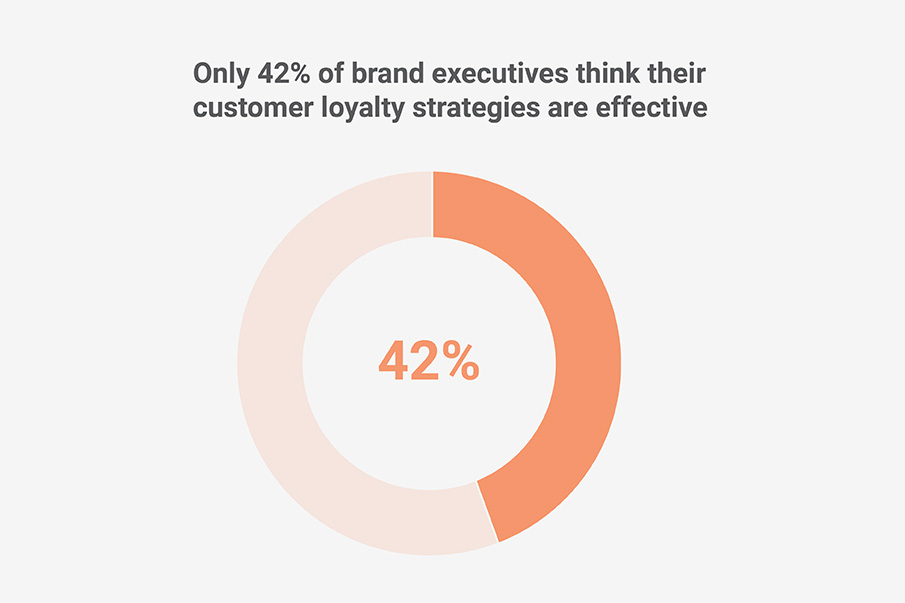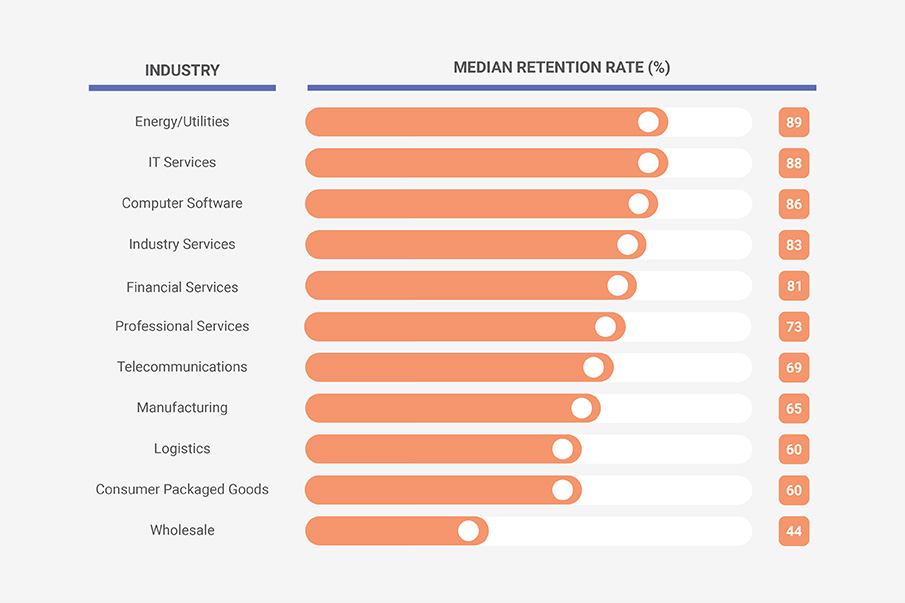This article is the sequel in our two-piece series, click HERE to read part 1
Overlooked potential of QA in customer retention strategies
There are numerous strategies on how to improve customer retention and brand trust, and they range from referral or loyalty programs to better customer support. But most of these are only surface-level initiatives and can provide limited improvement, and we’ve seen that the most dominant factor in this context is product quality.
To be fair, few online resources elaborate on product quality or QA as a solution for poor customer retention, maybe because a loyalty program is obviously much less demanding to set up. But the key questions is – does it work? And most brand executives do not believe in the methods they use at all.

However, introducing a comprehensive QA framework, despite requiring more resources in terms of people, tools, or infrastructure, is vastly more beneficial as it genuinely meets the key needs and demands of consumers. Effective QA (and product quality as a result) should be a cornerstone for any customer retention strategy, serving both to preserve your brand image and reinforce customer loyalty.
As a matter of fact, meticulous QA could’ve helped Equifax avoid catastrophe. And actually, QA was meticulous, but the disaster still happened. The bug in the Apache Struts web application software was noticed timely, and the patch was created by the software provider two months prior to the incident. But nobody at Equifax deployed the newest patch, so the version of the software they used was still dangerously exposed due to this critical vulnerability.
The value of continuous improvement
Most consumers may not exactly know how testing software or deploying patches works, but as we’ve already seen, they are perfectly aware that the quality of the software a company uses is indicative of how much they can trust that company or its products. End users find brands substantially more trustworthy if they tend to continuously monitor and enhance product quality.
And this is exactly where QA comes in. QA is integral in building and maintaining this trust, as it not only ensures the reliability and security of products but also demonstrates a company's commitment to excellence and customer satisfaction. By rigorously testing and regularly updating their software, businesses can proactively address potential vulnerabilities, enhance user experience, and establish a reputation for dependability that is critical in today's digital ecosystem.
QA is one of the best ways to fight short-termism in business in general and shoot for long-term stability and growth instead of prioritizing immediate gains. By investing in quality assurance, businesses signal a commitment to sustainable practices, ensuring that their products not only meet current demands but are also designed to adapt to future changes and challenges. Through continuous improvement and attention to detail, QA helps companies avoid the pitfalls of short-sighted decisions, positioning them for enduring success in a competitive market.

Some of the best QA practices to boost customer retention
The QA processes established at a certain company will normally depend on its sector, size, business model, available resources, and a variety of other factors. But there are some general practices that are likely to improve software quality alongside loyalty and retention for most organizations:
- Test automation: implementing automated tests for repetitive tasks improves efficiency and consistency
- Continuous integration and deployment (CI/CD): this involves regularly merging code changes into a central repository, after which automated tests are run, and the latest release is deployed as soon as it’s deemed safe and functional. Basically, skipping this step is what cost Equifax billions of dollars and a long-lasting reputation collapse
- Regression testing: After changes or enhancements, regression testing ensures that the new code doesn’t affect existing functionalities, which is crucial for maintaining long-term quality.
- Risk-based testing: This approach prioritizes features based on the risk of failure and the impact of potential errors to focus the testing resources on the most critical aspects of the software
- User acceptance testing: Involving end-users to test and provide feedback on the software in order to verify that it meets their needs and is easy to use
Want to find out more about the best testing practices for your company? Sixsentix helps organizations achieve the highest level of software excellence and streamline software delivery end-to-end. If you wish to identify gaps in your organization's QA practices and ensure top-tier software quality, contact us.
